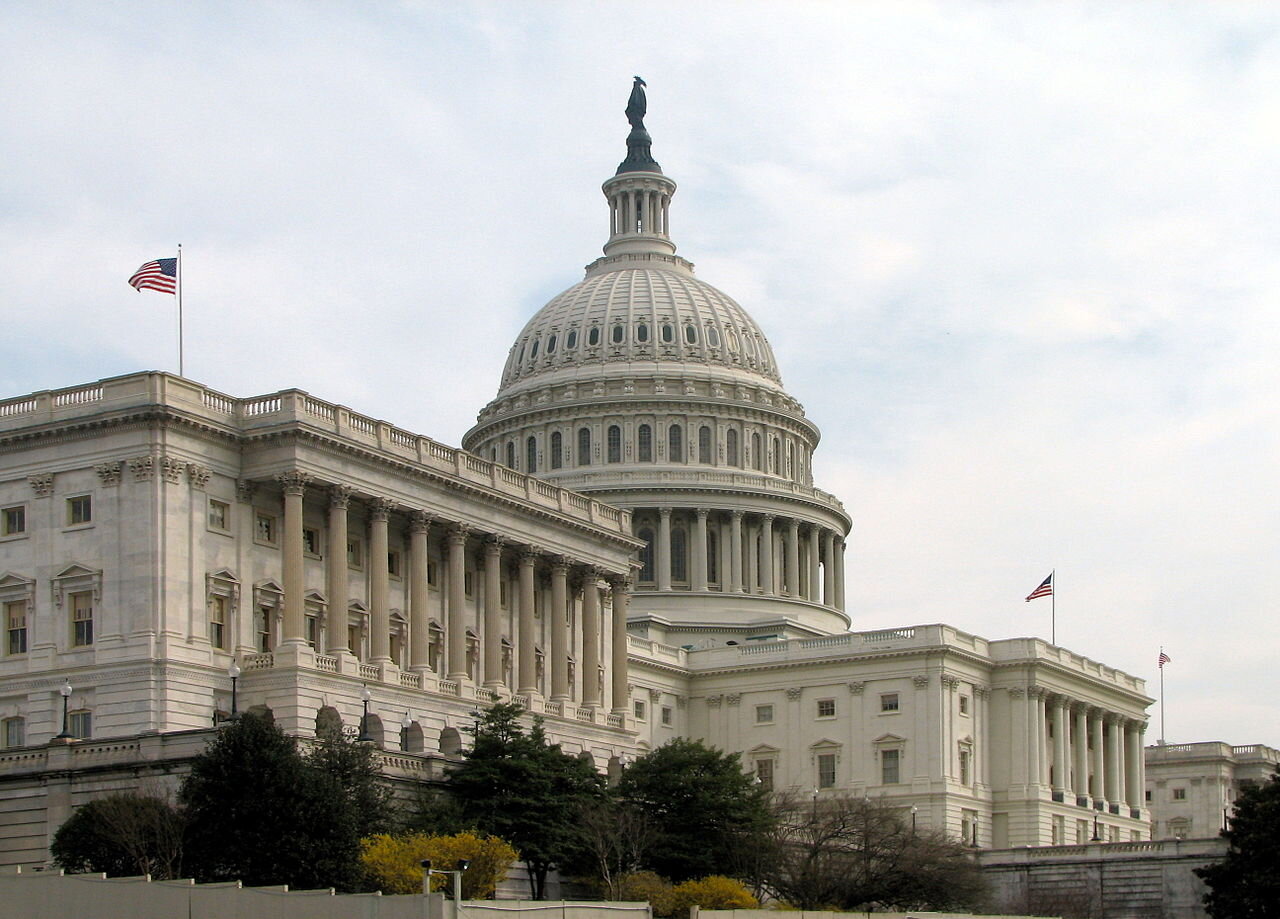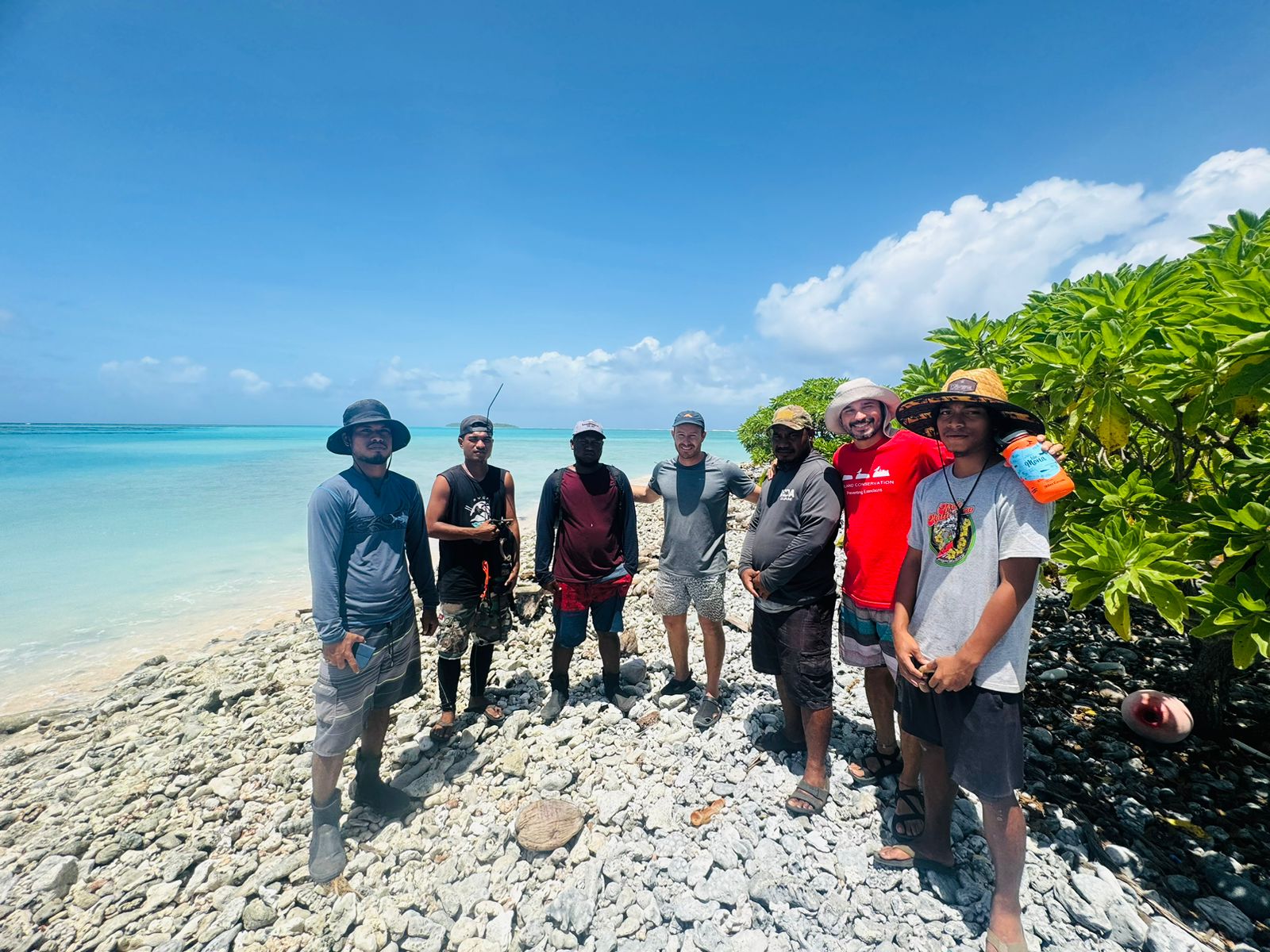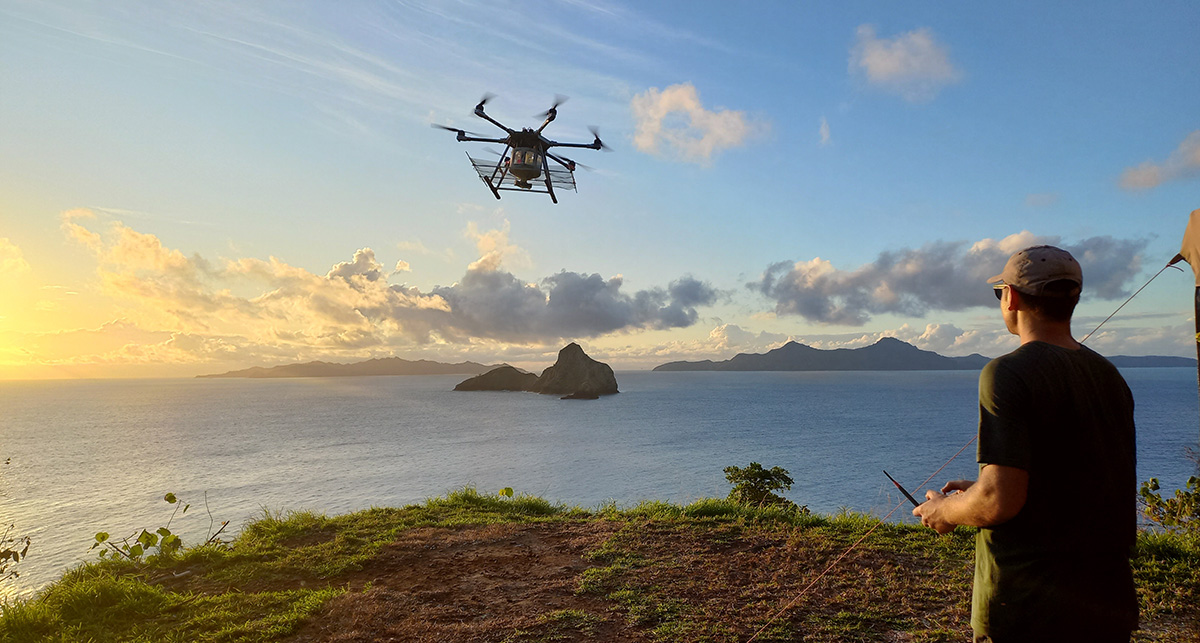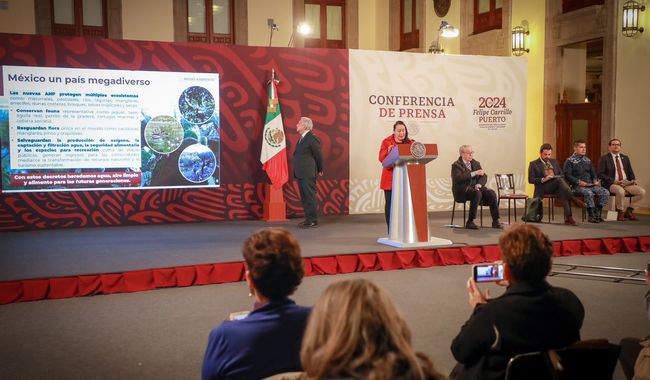Story at a glance…
-
17% of land and fresh water has been protected in some way by the world population — an area greater than the size of the Russian Federation
-
Despite this success, many different ecoregions remain unprotected, and the 17% area remains fragmented.
-
Future biodiversity and conservation goals change from simply designating protected areas to improving the quality of existing protected area systems.
The International Union for the Conservation of Nature (IUCN) reported recently in May that target 11 from the Aichi Convention on Biodiversity, has been met, and that 17% of land-based and inland water world ecosystems have been conserved in some way.
The world conservation watchdog numbers this vast amount of protected area at 22.5 million square kilometers: roughly 6.5 billion acres or an area of land greater than the entire Russian Federation. Not bad considering that an astonishing 42% of that amount has been added since 2010.
The 2010 Aichi Convention went poorly, with most goals for biodiversity being missed completely. Rare exceptions include invasive species eradication, and protected areas percentages, and as the IUCN, the Convention on Biodiversity and others sit down to discuss the next set of international conservation and biodiversity goals, the question of quality stands out.
While it’s clear that as data continues to be updated, human civilization will go past the 17% goal, much of those acres are fragmentary or are poorly representative of all the ecosystems in the given area. Furthermore, while the point of conserving 17% of fresh water and land ecosystems is to protect biodiversity, one-third of the world’s most biologically diverse habitat remains unprotected.
This was unveiled in the “Protected Planet Report” a large biennial investigation into the data of use, scope, and practices involved both in the natural state of biodiverse areas, and the governance of protected ones.
The report calls for increases in quality and interconnectedness among world protected areas (PAs) if biodiversity is to survive long term.
“As biodiversity continues to decline, we now call for Parties at the UN Biodiversity Conference in Kunming to set an ambitious target that will ensure protected area coverage of 30% of land, freshwater and ocean by 2030 – and these areas must be placed optimally to protect the diversity of life on Earth and be effectively managed and equitably governed,” says IUCN Director General Dr. Bruno Oberle.
Divided we fall
The Protected Planet Report measures most improvements or declines on a scale from 2010 to 2020, while measuring two types of conservation measures, PAs and “other effective conservation measures” (OECMs) such as privately owned ranches that are managed for biodiversity for example.
Of the 17% of conserved land on the continents, less than 8% of it is connected to other areas. Interconnectivity is vital for species migration, genetic diversity, pollination, and minimizing contact with harmful aspects of civilization such as pollution or vehicle strikes.
Up by 1.1% from a decade before, today only about 7.8% of all the conserved land on earth is connected. Among the countries where 17% of land is both conserved and connected include a corridor in Africa of Namibia, Zambia, Zimbabwe, and Tanzania, also Brazil, Greenland, New Zealand, the Dominican Republic, Sri Lanka, and most of Western Europe.
“The biosphere is dynamic, its interrelated functions depend on ecological connectivity,” wrote Gary Tubor, Chair of the World Convention on Protected Areas, and is an expert on connectivity. “In much of the world, where large-scale human activities have fragmented nature, ecological connectivity has been eroded, putting species and natural processes at risk”.
As part of the post Aichi Convention ideas, the 2050 Vision for Biodiversity outlines ecological connectivity as a crucial part of restoring and fortifying the natural corridors and connectedness that allow biodiversity to thrive. One of the ways this could be accomplished, they write, is by spreading authority to the lowest levels, and taking advantage of OECMs to connect PAs that might otherwise require much longer and more difficult political processes, or be impossible altogether.
Another key area in the report was the ecological representation and quality of those 22.5 million square kilometers. However the report begins on a bright note.
Of the 821 recognized terrestrial ecoregions, 365 now have 17% or more of their area conserved, 63 more than were conserved in 2010. Marine habitats have benefitted even more, with 110 of the 232 recognized ecoregions in the seas and oceans under the 10% protection target of the Aichi Convention.
Some of these famous ecoregions that are doing well include the Amazon, Alaska’s habitats, the Andes Mountains, the Kamchatka Peninsula, almost all of Europe, the Congo, the Himalayas, Japan, the Arctic Circle, New Zealand, Queensland in Australia, the Mojave and Arizona Deserts, the Sierra Nevadas and others.
Ecoregions where only 5% of the area is conserved include the Sahara Desert, the Arabian Peninsula, most of Central India and America, many of the former Soviet republics in Eastern Europe, several areas of Canada, Turkey, Southern China, and the Fertile Crescent.
Aichi, though the 17% goal was achieved, was largely a failure, but hopefully ‘sealing up the cracks’ in the existing PA framework worldwide, including the application of the IUCN Green List, a database of PAs with the “Green [gold] Standard” for management, paired with the welcoming of a government-on-many-levels approach, will leave a lasting legacy for future conventions to build on.




